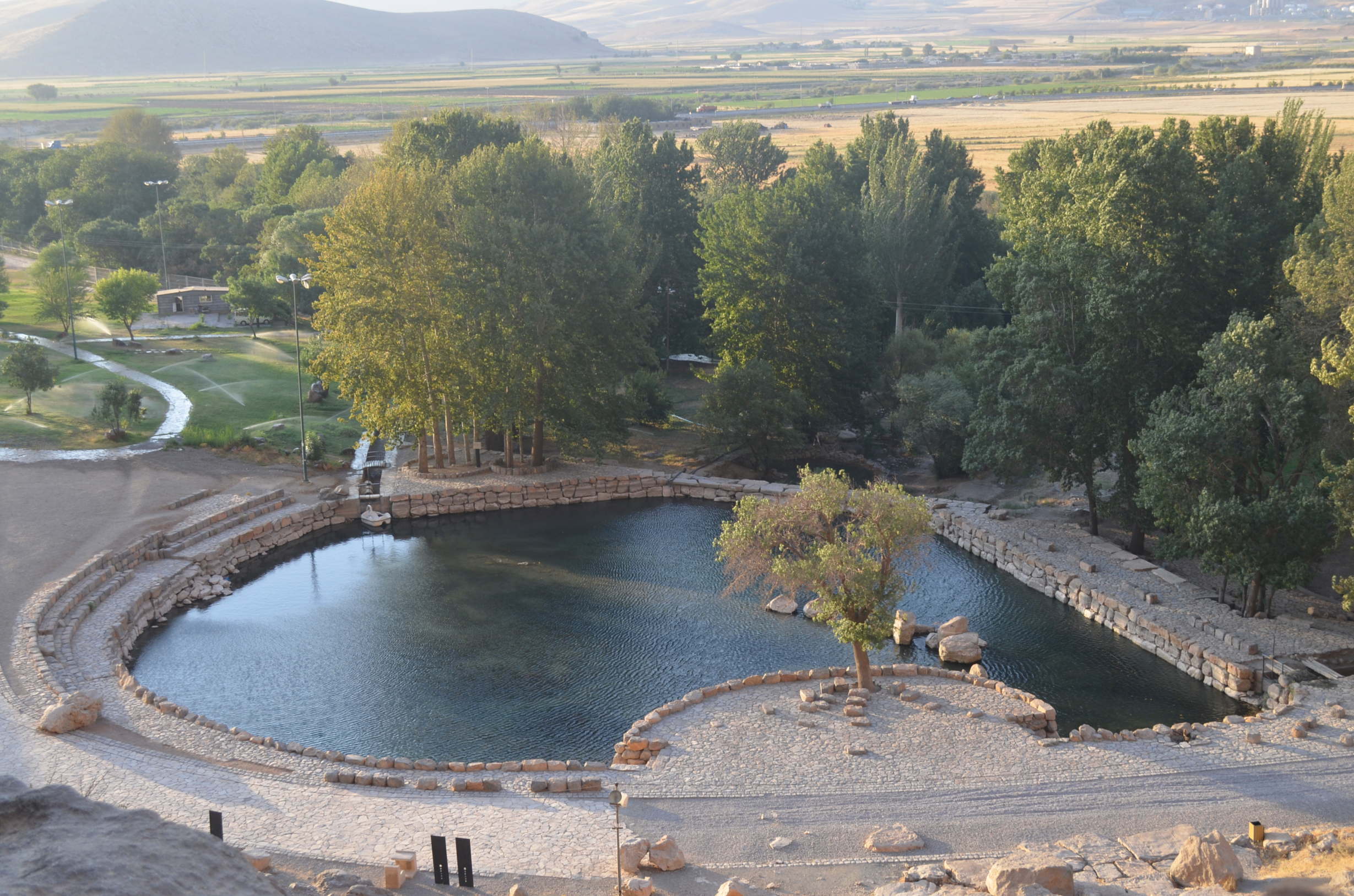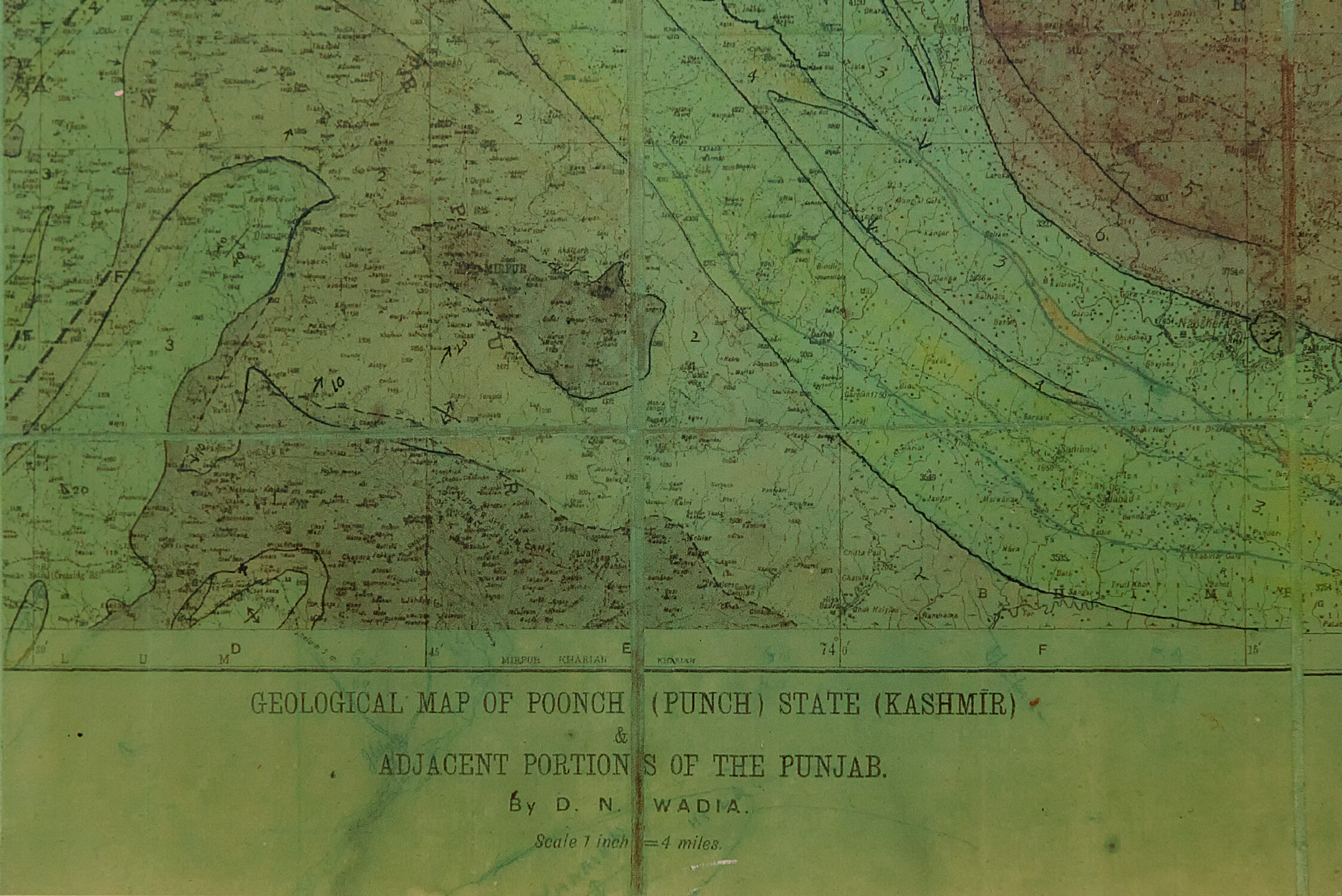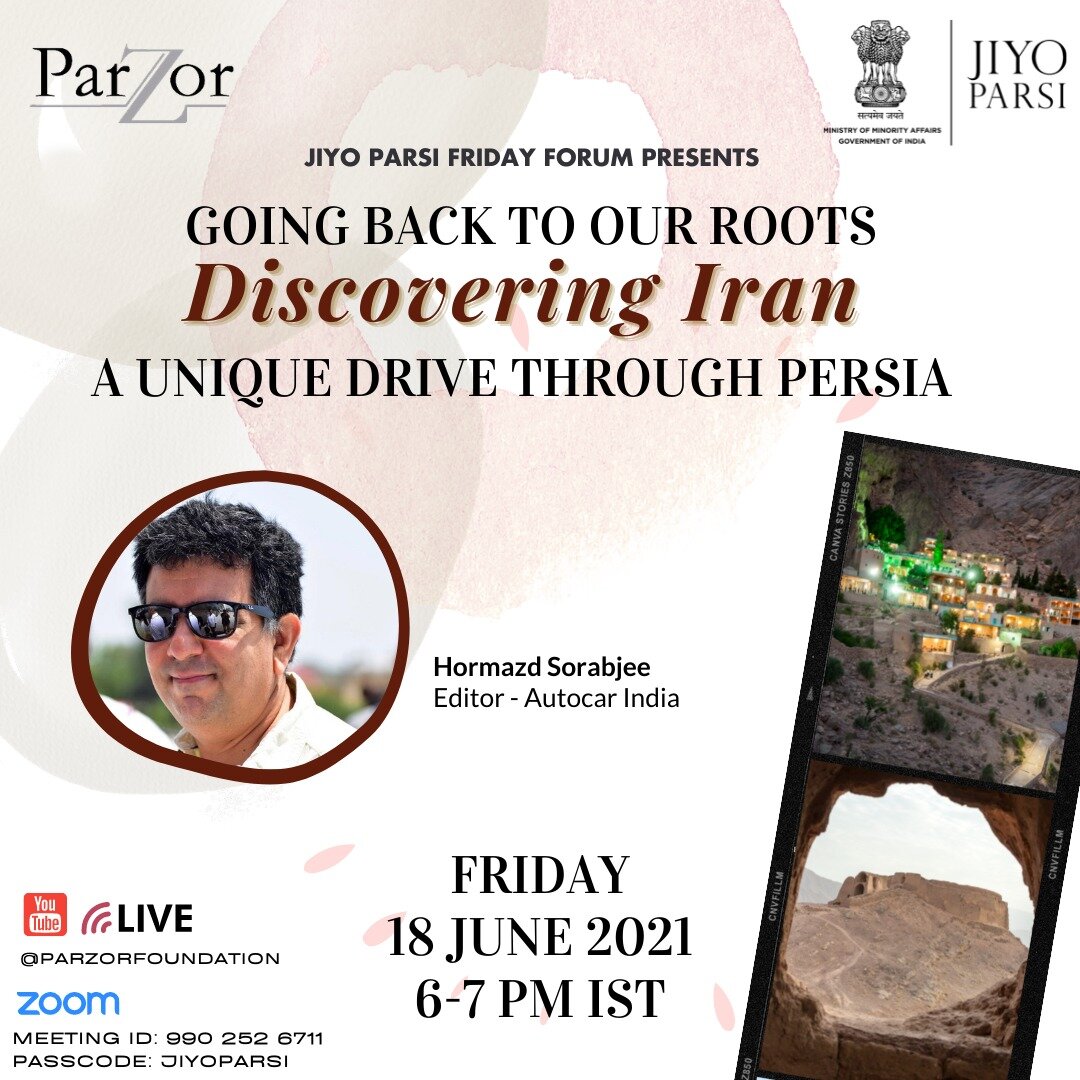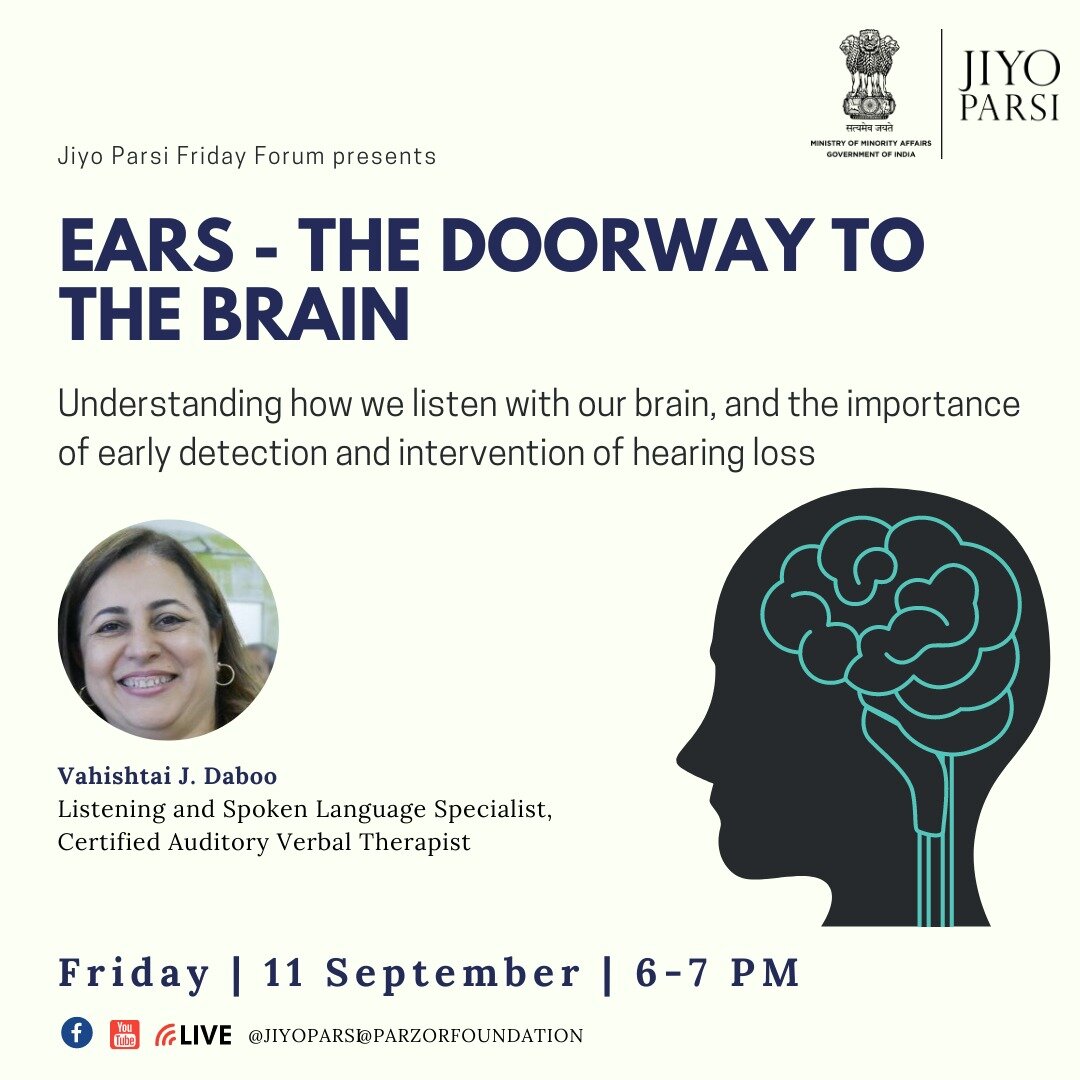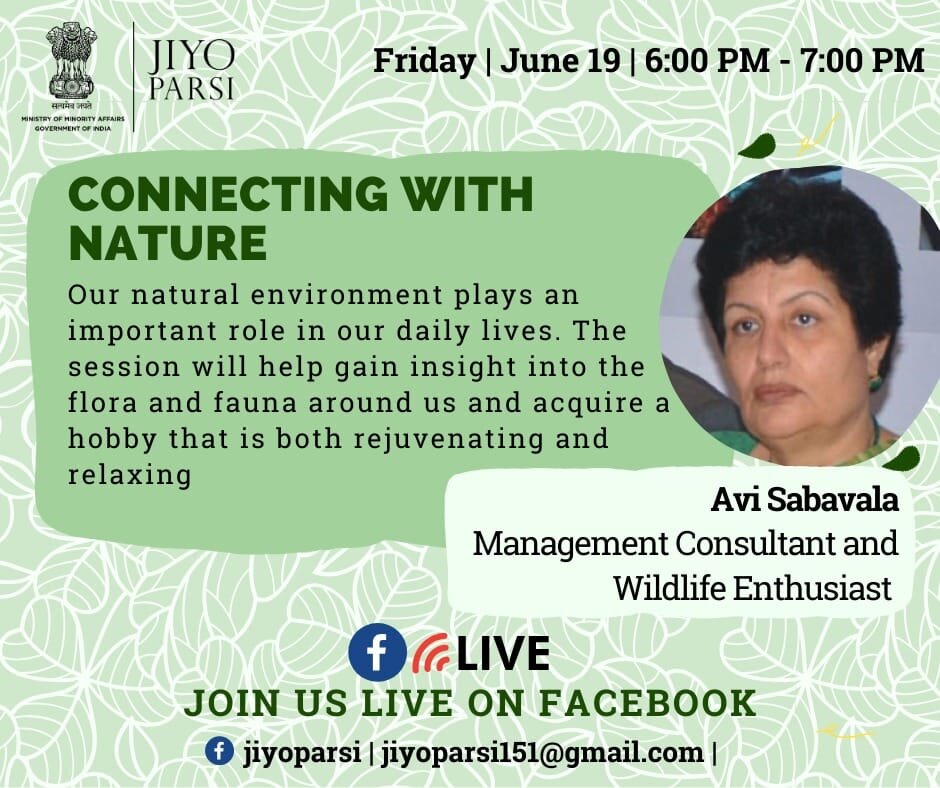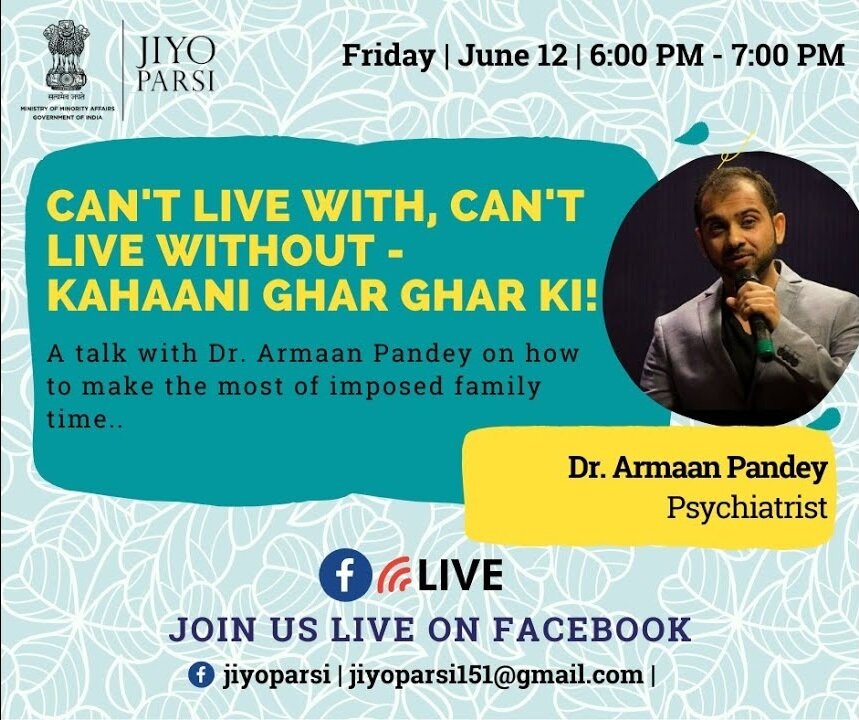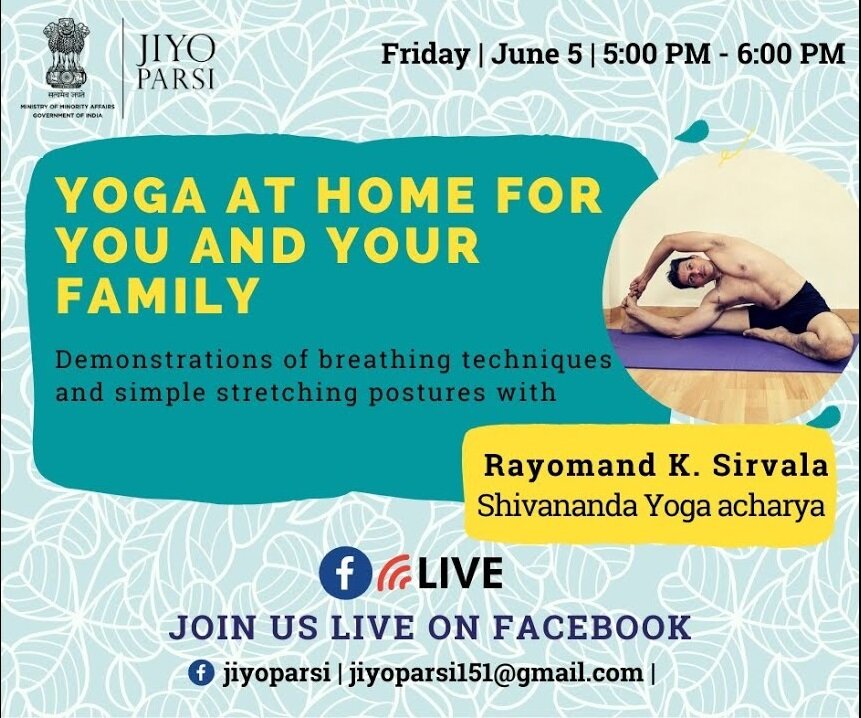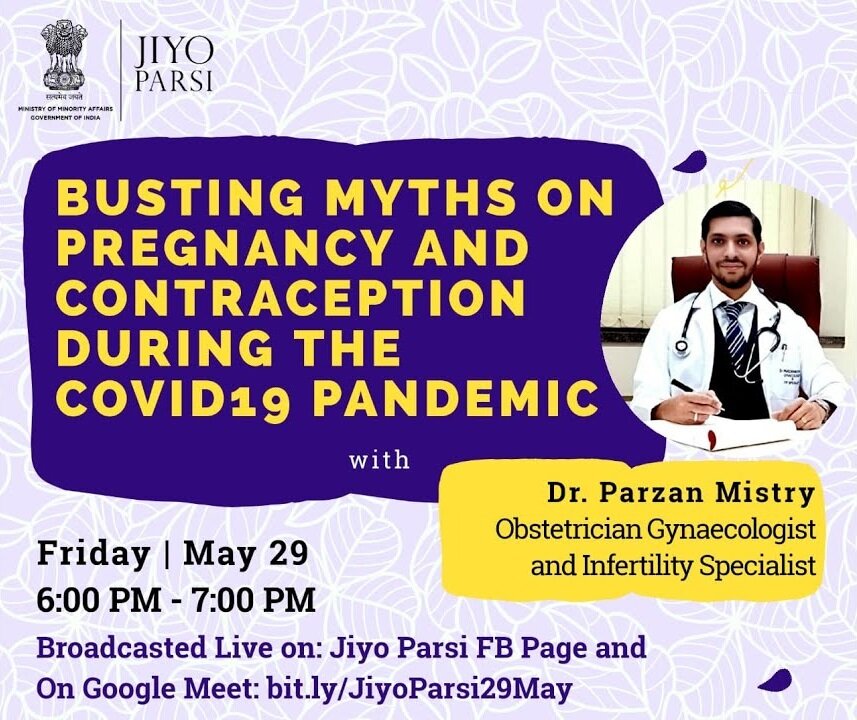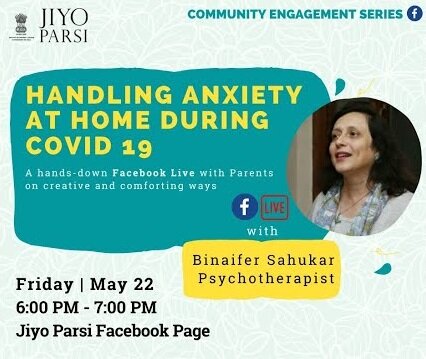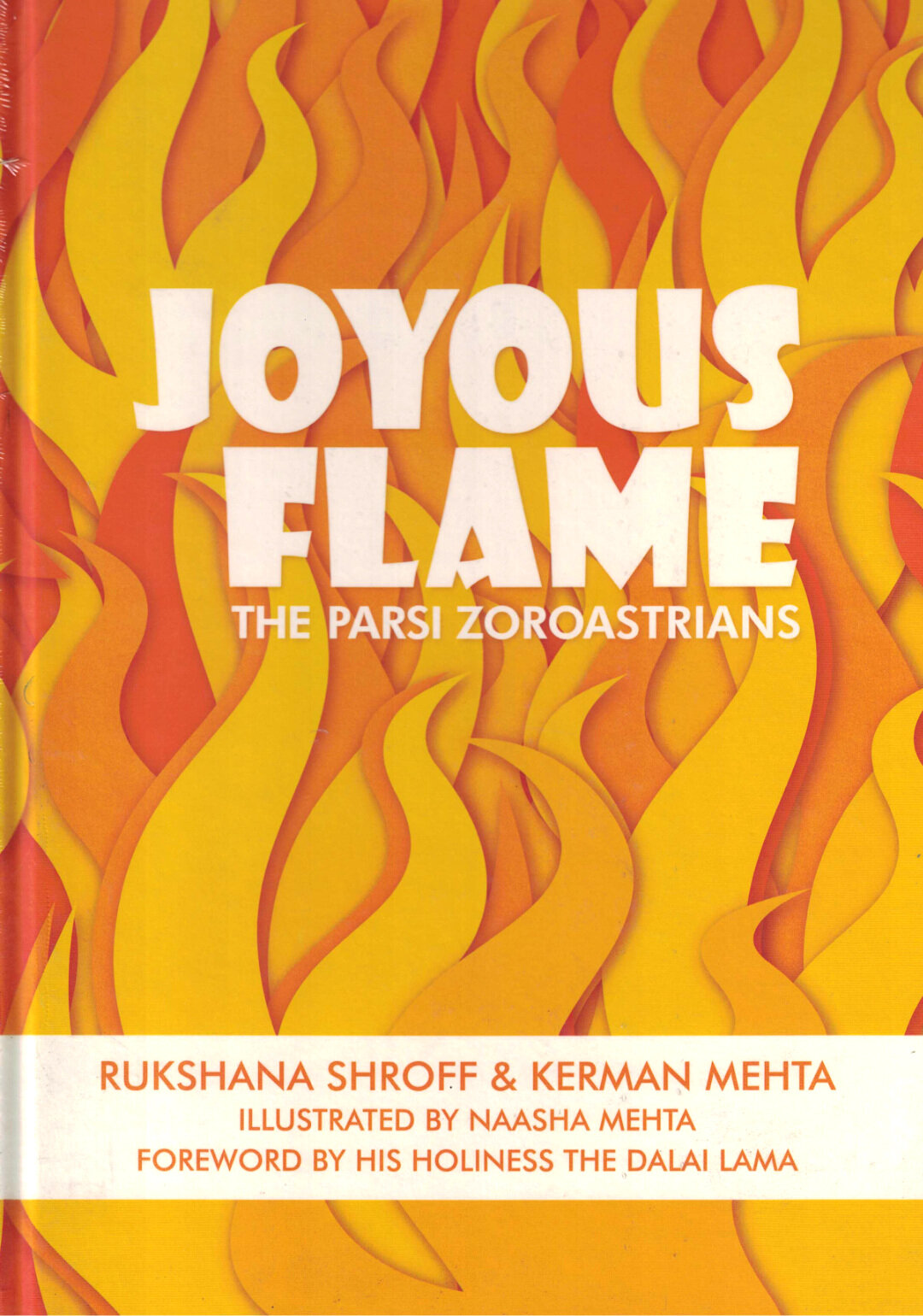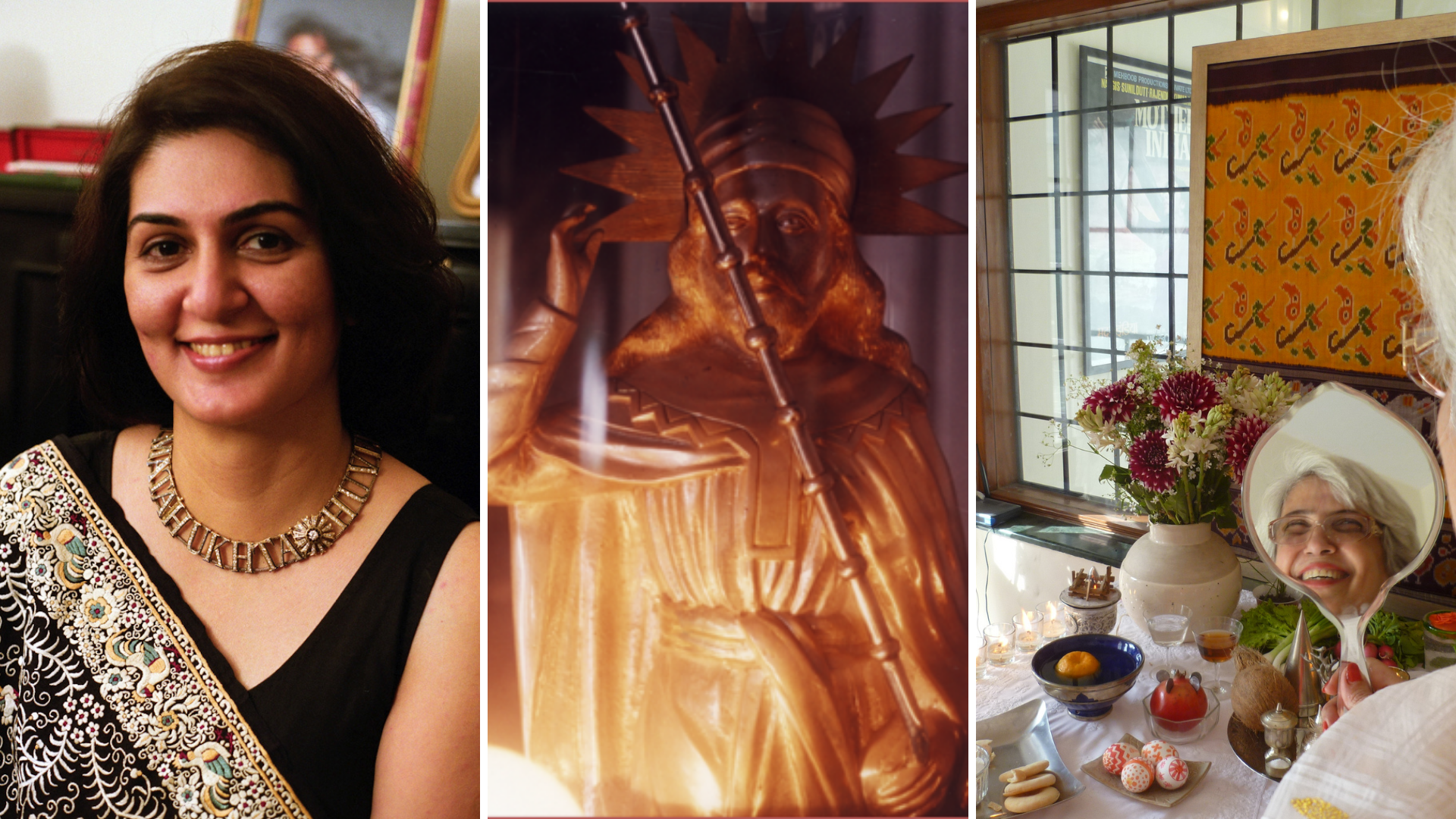
Celebrating over 20 years of
Preservation
& Education
Since 1999
Welcome to the Parzor foundation for the Preservation of Vulnerable Human Heritage.
The Preservation of Culture and Heritage in an increasingly mono-cultural world is the challenge facing communities in this millennium. The Parzor Foundation aims to create awareness of the age-old co-existence of cultures through research and revival of India's multicultural heritage. The Parsi-Zoroastrians are a distinct thread in the tapestry of Indian culture, and PARZOR, with its special focus on Parsi-Zoroastrianism heritage, facilitates preservation and education through socio-cultural, scientific research projects, workshops, exhibitions and publications.
Parzor Foundation is a not-for-profit organization following the aims and principles of UNESCO.
Website Index
Zoroastrian Studies
Religion & Priesthood
Return to Roots
Demographics
Heritage & Cultural Studies
Intangible Cultural Heritage
Archival & Tangible Cultural Heritage
Intercultural Studies
Cuisine
Arts & Crafts
Religious Arts & Crafts
Performing Arts
Textiles & Embroidery
Traditional Crafts
Ecology & Society
Ecology & Conservation
Ava
Rituals
Festivals
Online Exhibits
Parzor has tied up with Google arts & Culture to bring online exhibitions to life. Check them out using the links below.
From Persia to Akbar’s Court
An Introductory exhibition on the Parsi-Zoroastrians: Weaving a story of Culture, Continuity and Change
Parsi Embroidery
A story of multicultural history, dynamic routes and the roots of Parsi craft
Darashaw Nosherwan
The story of Geologist Extraordinaire, D.N. Wadia
Be a part of our Journey
Donate Antiquities
Parzor has long been a custodian of Parsi-Zoroastrian culture, and we could help you know more about your heritage.
Would you like to know more about a family heirloom? Would you like to donate an object to Parzor?
A Bhabha Tanchoi was kindly bought by a group of people at the Bhabha auction and donated to Parzor's textile collection.
This photograph, donated by Roshan Patel of Hyderabad, is of Dara Shahpurji Chenai presenting Nazarana to H.H. the Nizam Mehboob Ali Pasha, 1904. In her will Roshan Patel donated a considerable sum of money to Parzor Foundation for its work.
On her 100th birthday, Jer Kutar of USA requested all her family and friends to donate money for a community cause. Originally from Navsari, Jer, collected and sent all of this money to Parzor trusting us to restore the portraits of the Meherjirana Library in Navsari.
Donate in Kind
Parzor is a non-government non-profit organization that works independently based solely on charitable funding. Your contribution may help preserve a community heirloom, organize an event or support a Parsi family in their medical expenses.
To make a contribution, please contact us with the button below.
Volunteer
There are multiple ways you can assist Parzor in its work towards cultural preservation and community welfare.
Please fill the form below to submit a proposal. We look forward to hearing from you.
Anton Zykov has been working with Parzor during his research at Oxford and now at the Sorbonne where he is researching Parsi Gujarati as a dialect with the help of Parzor in India.
Perin Pudumjee of Pune helped Parzor research by working with Priests across India to create this intricate image of the 1001 Names of Ahura Mazda in Avestan Calligraphy for the Exhibition Threads of Continuity: Zoroastrian Life & Culture.
Research with Parzor
Parzor Foundation, and Dr Shernaz Cama, have assisted and guided many researchers study and write about the Parsi-Zoroastrian community and other areas of socio-cultural study. Parzor has had a symbiotic relationship with its researchers, sharing the Foundation's resources and expanding its knowledge base and branching out into diverse but related areas of study.
Parzor Events
Parzor hosts multiple Live workshops to help improve your daily life. Look through the calendar below to explore events you would like to attend.
Upcoming Events
RSVP and Add the Events to your Calendars from here!
Past Events
Wish to host an event with PARZOR?
If you are an Organization or Professional looking to host an event or Live Workshop, please use the form here to submit a short proposal.



